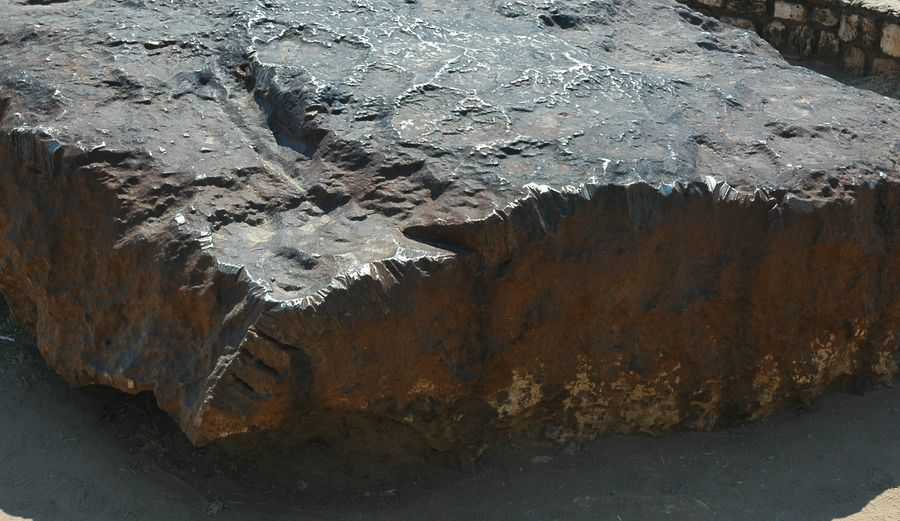
Thousands of dollars worth of meteorites get discarded by prospectors
Meteorites that have fallen in Australia and some are world famous such as the Cranbourne Meteorites that where found around the town of Cranbourne in Victoria.
The largest is on display at the London museum and the second largest is on display at the Melbourne museum. I have done some research on these Meteorites and I am convinced that there are more to be found, the GGT did an article back in the 1980s on these particular Meteorites and the article is available online with an extensive map of locations and the flight path. There is plenty of open land in the area for exploration and one would have to get permission of the property owner to go fossicking around.
Most of us are well aware of the hot rocks that litter the Gold fields, those pesky signals that can be fairly obvious to a seasoned prospector when detected on the surface or confuse us all when they are at depth. So what do Meteorites and hot rocks have in common? Most hot rocks show some attraction to a magnet as do meteorites of the Iron or iron/nickel types, some hot rocks show no affinity to be drawn to a magnet as do some meteorites. Here is the web address of a very informative Australian site that has many pictures of different types of Iron and Stone Meteorites: www.meteorites.com.au
So what are Meteorites worth?
Stone chondrites are worth around 50¢ per gram, iron types are $3–5 per gram unless they have some special significance and demand a higher price. Pallasites are a stone/iron meteorite and the prices are $40–50 per gram. Now this is getting more like the price of gold per gram, I would be looking out for these types. Other types of meteorites are Martian and Lunar origin and are worth over $1000 per gram. When you find something that could be a meteorite how can you tell? Almost all meteorites have a black, brown or greyish coating that is formed when the meteorite enters the Earth's atmosphere and gets heated by the friction on its way to the ground. Meteorites are mostly more heavy than equivalent sized Earth rocks. There are some very large
The Cranbourne Meteorites are world famous and most likely worth a lot but these would be classified as cultural heritage and would have to stay in Australia. Read the Cranbourne Meteorite article here. The information and the mapping is very well presented and would allow a detailed search for more Meteorites from this area.